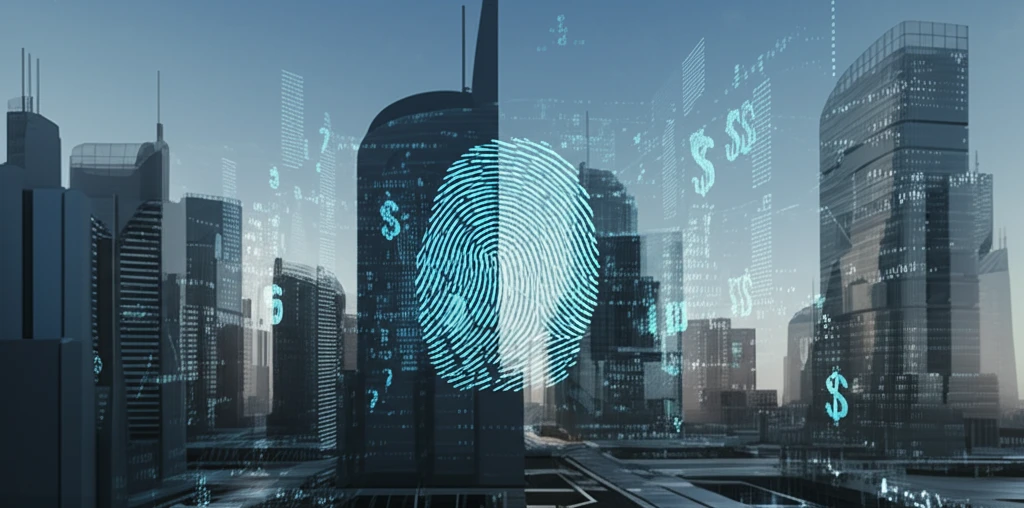
Unlock Your Identity: The Surprising Future of 3D Fingerprint Scanning
"Beyond the Pad: Discover how 3D fingerprint technology is revolutionizing security and personal identification."
For decades, fingerprint scanning has been a staple of security systems, from crime scene investigations to unlocking our smartphones. However, traditional 2D fingerprinting methods have limitations. They can be easily fooled by sophisticated spoofing techniques, and image quality can be affected by factors like pressure, skin condition, and sensor noise. But what if fingerprint technology could evolve beyond flat images and embrace the third dimension?
Enter 3D fingerprint scanning, a cutting-edge technology that captures the unique contours and depth of your fingerprints. Unlike 2D scanners, which only record the surface pattern of ridges and valleys, 3D scanners create a detailed, three-dimensional map of your finger. This added dimension of information makes 3D fingerprinting far more secure and reliable than its 2D counterpart. This article explores how 3D fingerprint scanning works, where it's being used, and its potential impact on security and identity verification.
As our lives become increasingly intertwined with digital systems, the need for robust and reliable biometric authentication methods is becoming more critical. 3D fingerprint scanning offers a promising solution, enhancing security and creating new possibilities for a safer and more secure future.
How 3D Fingerprint Scanning Works: A Deeper Dive

The core principle behind 3D fingerprint scanning involves capturing more than just a flat image of the fingerprint. Several techniques are employed to achieve this, each with its advantages: Surface Curvature Analysis. This method analyzes the curves and shapes of the fingerprint's surface, extracting detailed information about the ridges and valleys. Surface Normal Analysis. This technique focuses on the direction of the surface at each point on the fingerprint, creating a vector map that highlights the unique three-dimensional structure. Minutiae Matching. Similar to 2D fingerprinting, this method identifies and matches specific points on the fingerprint, such as ridge endings and bifurcations, but in 3D space, adding another layer of accuracy.
- Enhanced Security: Significantly harder to spoof compared to 2D systems.
- Improved Accuracy: Less susceptible to variations in pressure and skin condition.
- Faster Matching: Advanced algorithms allow for quick and efficient identification.
- Versatile Applications: Suitable for a wide range of security and authentication scenarios.
The Future of Fingerprints: Beyond Security
3D fingerprint scanning is poised to revolutionize the way we approach security and identity verification. While current applications are focused on enhancing security systems, the potential extends far beyond. Imagine personalized medical devices that only respond to your touch, or cars that automatically adjust to your preferences based on your fingerprint. As the technology matures and becomes more affordable, we can expect to see 3D fingerprint scanning integrated into a wide range of everyday devices and systems, creating a safer, more secure, and more personalized world.
